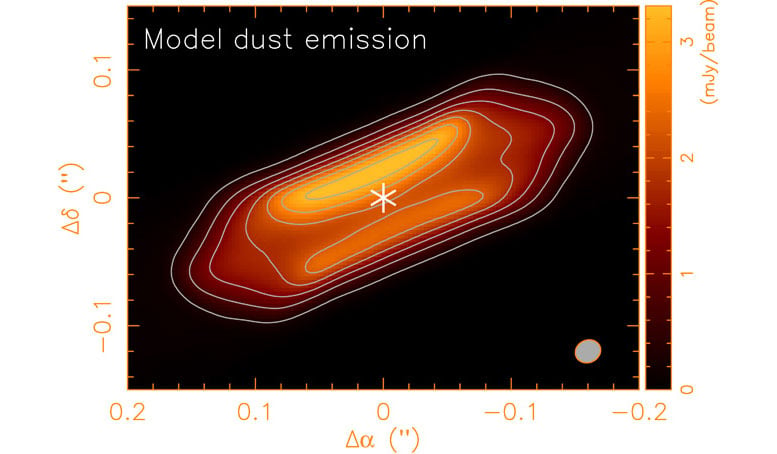
An artificial color submillimeter image of the disk around the young protostar HH-212. This is the first submillimeter image of the disk around a very early-stage star, and shows a dark lane of cold dense material implying that the small dust grains in the disk have already begun to coalesce. Lee et al., 2017
Using Atacama Large Millimeter/submillimeter Array (ALMA), astronomers spatially resolve the dust disk around the young protostar known as HH-212.
Stars form as gravity contracts the gas and dust in an interstellar cloud until cores develop that become dense enough to coalesce into stars. The simple-sounding process is made much more complex by the presence of magnetic fields and rotation, which produce circumstellar disks around the developing star that in turn play a role in controlling the material accreting onto the protostar. Disks as large as 500 astronomical units in radius (one AU is the average distance of the Earth from the Sun) have been detected around Sun-like stars in the later phases of their gestation. Presumably, they began forming in the earlier phases, while infalling material was still feeding the infant protostar, and so astronomers have been trying to probe younger protostars. Evidence for the existence of these early-stage disks, however, has been slight: a few examples have been found with total radii less than about 150 AU. If there is a smaller structure within them, it has not been measurable.
CfA astronomers Qizhou Zhang and Paul Ho and their four colleagues used the Atacama Large Millimeter/submillimeter Array (ALMA) to spatially resolve the dust disk around the young protostar known as HH-212. The disk is seen nearly edge-on with a radius of only sixty AU, and has a prominent equatorial dark lane sandwiched between two brighter layers. The astronomers tentatively estimate the mass of the disk to be about fourteen-thousandths of a solar-mass, and combining the results with earlier observations at other wavelengths they model the dust grains as being as large as a millimeter in size. The dark lane along the midplane of the disk has colder, denser dust than in the outer layers. The large grains signal that the coalescence of small grains into larger ones begins earlier in the lifetime of a star than many had previously thought. The new observations also show that direct detection and characterization of small disks around the youngest protostars is possible. The results provide constraints on theories of disk formation. If small disks turn out to be commonplace, then theoretical models in which magnetic effects inhibit disk formation would need significant revision.
Reference: “First Detection of Equatorial Dark Dust Lane in a Protostellar Disk at Submillimeter Wavelength” by Chin-Fei Lee, Zhi-Yun Li, Paul T. P. Ho, Naomi Hirano, Qizhou Zhang and Hsien Shang, 19 April 2017, Science Advances.
DOI: 10.1126/sciadv.1602935

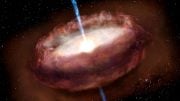
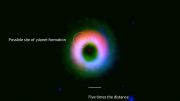
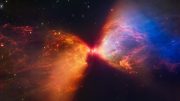
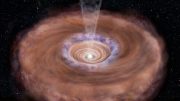
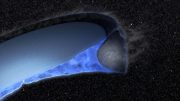
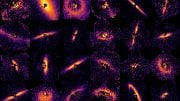
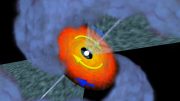
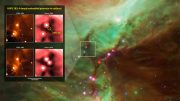
Be the first to comment on "ALMA Views the Dust Disk Around Young Protostar HH-212"